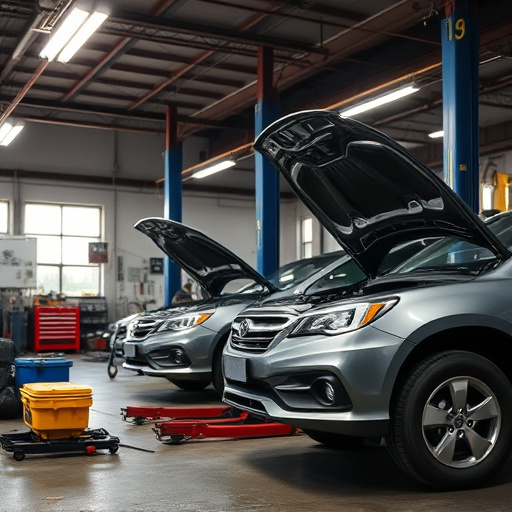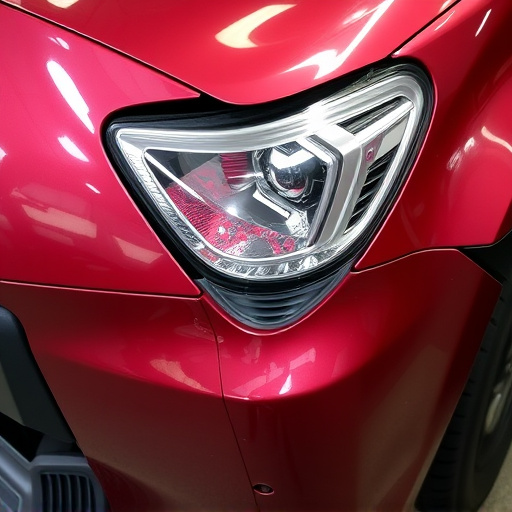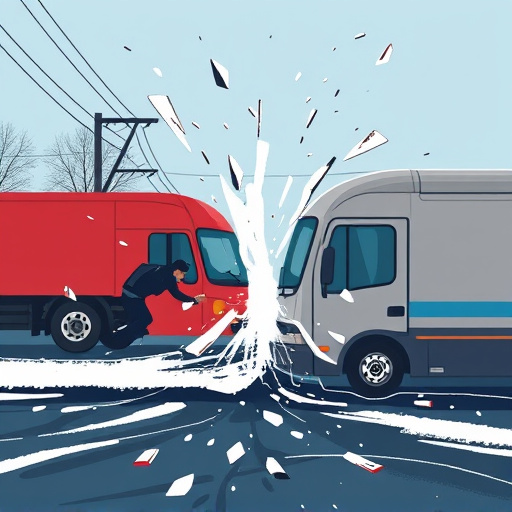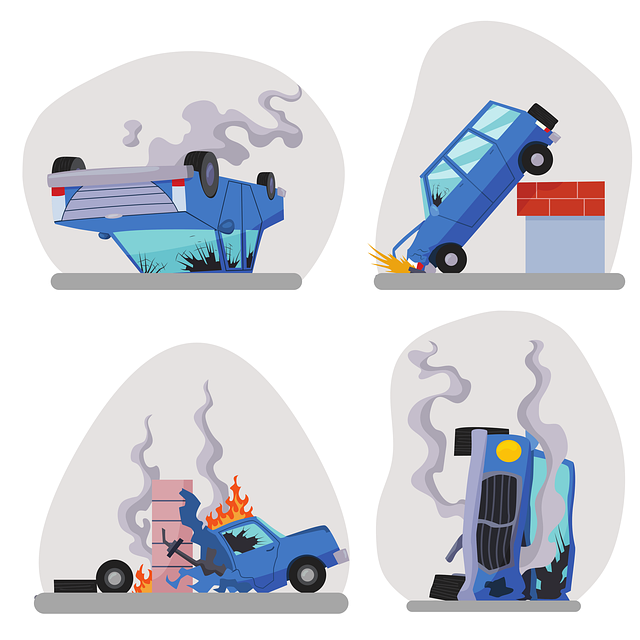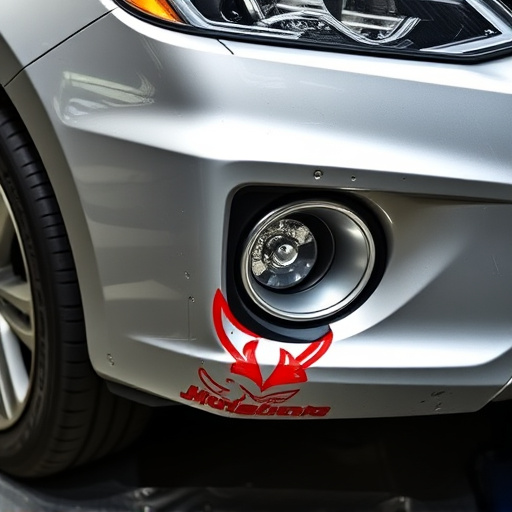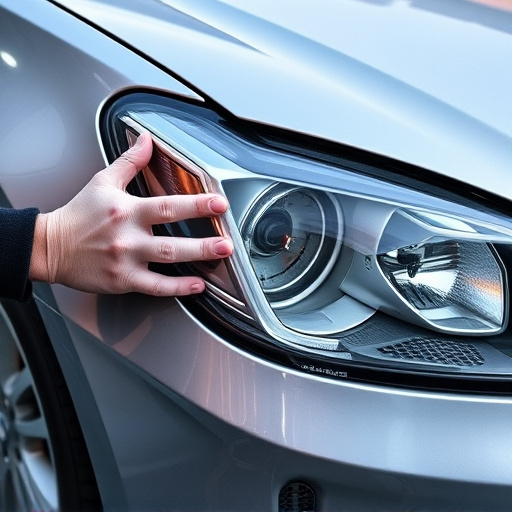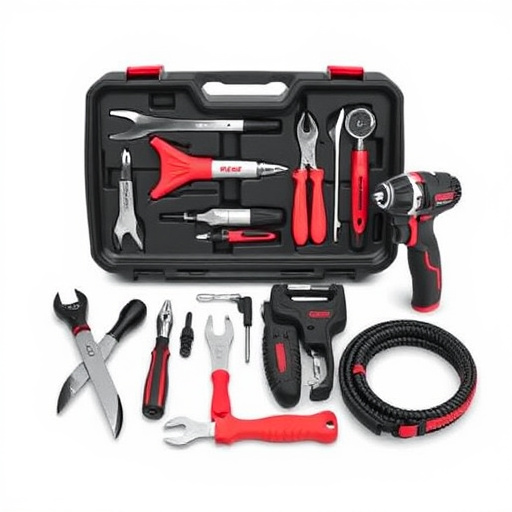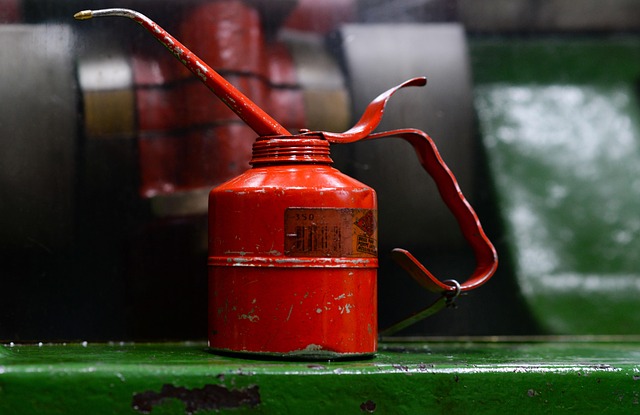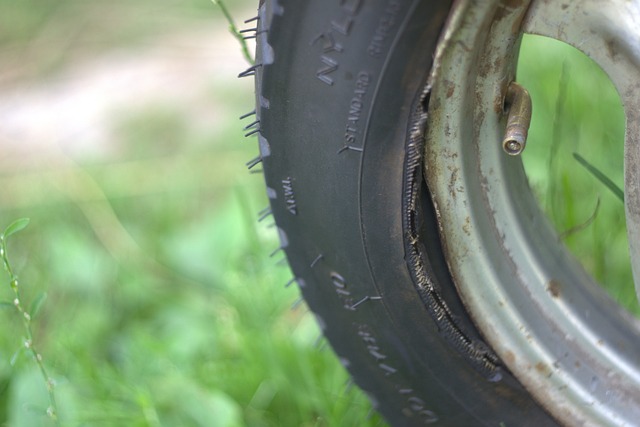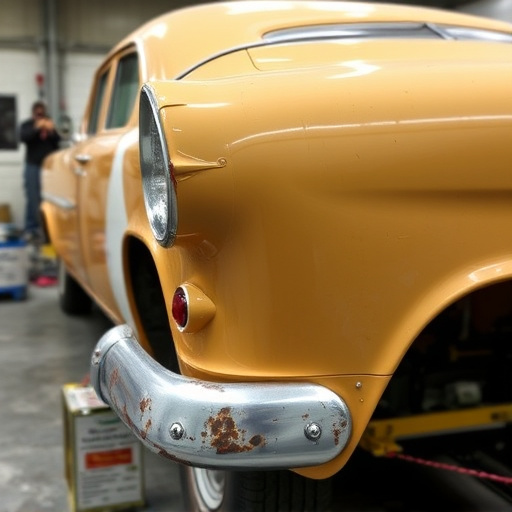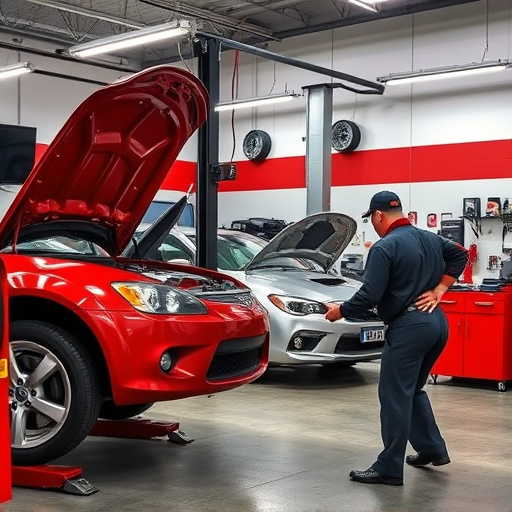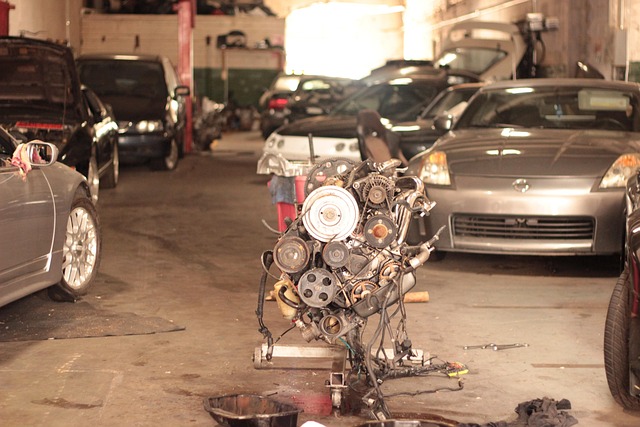Emergency glass repair begins with a thorough assessment of damage, including cracks, chips, and shattering, considering location and existing vulnerabilities like aging glass. Prioritization is key, addressing urgent issues like shattered windows or severe cracks immediately to prevent further danger, while less critical problems can be scheduled later. Auto collision centers specialize in swift and secure restoration, using resins for minor damages and replacing large sections for more significant repairs, ensuring safety and structural integrity throughout the process.
“In moments of crisis, quick and effective emergency glass repair can be a lifesaver. This comprehensive guide navigates the intricate process, from assessing damage—distinguishing urgent issues like shattered glass from non-critical repairs—to gathering essential tools and materials. We delve into types of glass damage and their repairability, emphasizing the importance of safety gear and protective clothing. By the end, you’ll possess the knowledge to perform a strong, lasting emergency glass repair or know when to call professional help.”
- Assessing the Emergency Glass Damage
- – Identifying urgent issues vs non-critical repairs
- – Types of glass damage (cracks, chips, shatters) and their repairability
Assessing the Emergency Glass Damage

When faced with emergency glass damage, the first step is to assess the extent of the issue. Look for cracks, chips, or complete shattering. In a car collision or fender repair scenario, this might involve checking all exterior and interior windows, as well as sunroofs and side view mirrors. Remember that even small damages can compromise structural integrity and safety, making prompt action crucial.
During your assessment, consider the location of the damage. A chip in a driver’s side window, for instance, poses more significant risks than one on a back passenger window. Also, note any existing vulnerabilities like aging glass or previous repairs. These factors will influence how you prioritize and approach emergency glass repair, ensuring not just quick fixes but also comprehensive solutions that enhance safety and prevent further auto collision repair needs.
– Identifying urgent issues vs non-critical repairs

When faced with damaged vehicle glass, distinguishing between urgent issues requiring immediate attention and non-critical repairs is essential for safe navigation during an emergency glass repair process. While shattered windows or severe cracks demand swift action to prevent further danger, less critical chips or minor cracks might be suitable for scheduling at a later, more convenient time.
An auto collision center specializing in emergency glass repair understands the urgency of these situations. They offer prompt car body restoration services, ensuring that damaged vehicles are safely driven and secure. By prioritizing urgent repairs, these centers minimize risks associated with compromised glass, ultimately enhancing safety for both drivers and passengers.
– Types of glass damage (cracks, chips, shatters) and their repairability

Glass damage can range from minor cracks to significant shatters, each presenting unique challenges for emergency glass repair. Cracks, often appearing as fine lines or web-like patterns, are typically repairable using specialized resins that bond with the existing glass. Chips, where a small portion of the glass is missing, can also be addressed through careful injection and filling techniques. However, complete shatters require more extensive work.
When dealing with car bodywork services, auto body work, or car damage repair for shattered glass, professionals employ precise methods to ensure safety and structural integrity. These involve replacing large sections of the glass or utilizing temporary repairs for immediate mobility needs until a permanent solution can be implemented.
When faced with damaged glass, timely and expert intervention is crucial. By understanding the severity of the issue and employing the right techniques for repairs, such as emergency glass repair, you can mitigate risks and restore safety and functionality. Remember, assessing the damage accurately, whether it’s a crack, chip, or complete shatter, is the first step to effective emergency glass repair.
